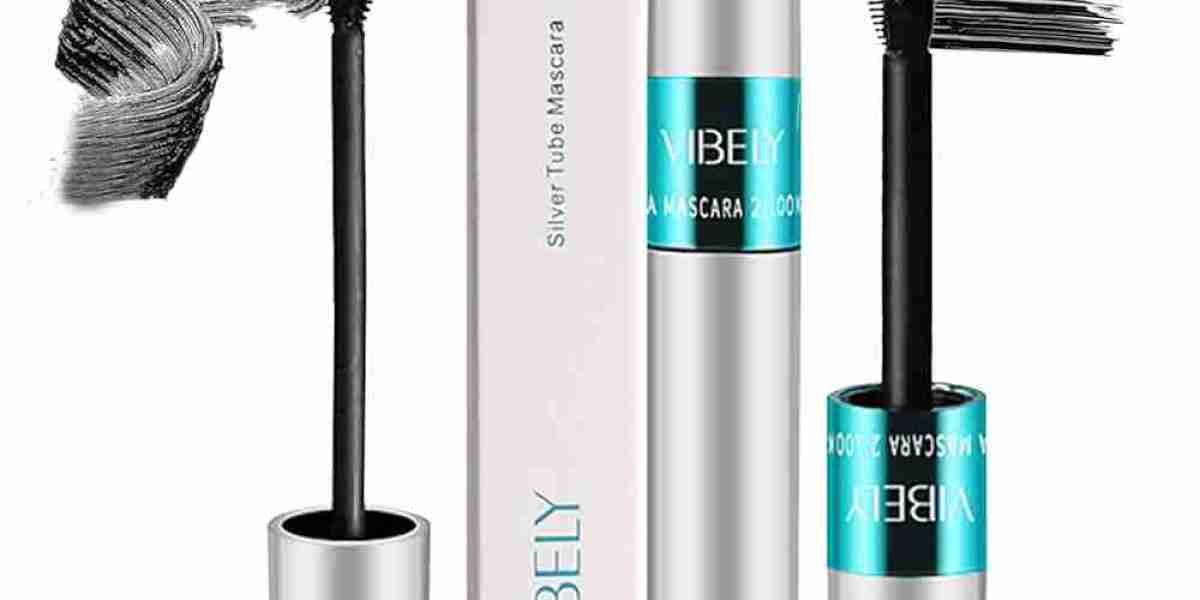The Purr-fect Fix: A Comprehensive Guide to experienced cat flap installer [click the up coming internet site] Door Fixing
As any cat access door installation owner can confirm, a cat door is an essential feature in any feline-friendly home. It offers our whiskered buddies with the flexibility to come and go as they please, while likewise keeping unwanted animals out. Nevertheless, like any other home product, cat doors can become broken or used out with time, needing some TLC to get them back in working order. In this post, we'll explore the world of cat door fixing, checking out the typical problems, DIY solutions, and expert tips to assist you keep your feline pal's gateway in top condition.
Common Issues with Cat Doors
Before we dive into the fixing part, it's necessary to comprehend the typical problems that can develop with large cat flap installation doors. These include:

- Sticking or jamming: Over time, the door's hinges or rollers can become worn, triggering the door to stick or jam.
- Leaks: Gaps or fractures in the door or its frame can enable cold air, moisture, or even undesirable visitors to enter your home.
- Broken or harmed frames: Accidental scratches or knocks can harm the door's frame, jeopardizing its structural integrity.
- Faulty locking mechanisms: The locking system can become jammed or broken, rendering the door useless.
- Damaged seals: The door's seals can end up being worn, permitting air to leak through and minimizing the door's energy effectiveness.
DIY Solutions for Cat Door Fixing
Luckily, many cat door concerns can be fixed with some standard DIY skills and tools. Here are some step-by-step options for common issues:
- Sticking or jamming:
- Clean the door's hinges and rollers with a soft brush and some lube.
- Apply some silicone-based lube to the hinges and rollers.
- If the door still sticks, try changing the hinges or changing the rollers.
- Leakages:
- Inspect the door and its frame for gaps or fractures.
- Seal any gaps or fractures with weatherstripping or caulk.
- Change the door's seals if they're worn out.
- Broken or harmed frames:
- Clean and inspect the frame for any damage.
- Use wood glue or a wood filler to repair any fractures or scratches.
- If the frame is seriously harmed, think about replacing it.
- Malfunctioning locking mechanisms:
- Inspect the locking system for any obstructions or jamming.
- Tidy the locking system with a soft brush and some lube.
- If the locking system is still defective, consider replacing it.
- Damaged seals:
- Inspect the seals for any signs of wear or damage.
- Replace the seals with brand-new ones, following the producer's instructions.
Expert Tips for Cat Door Fixing
While DIY services can be reliable, in some cases it's needed to employ the experts. Here are some expert tips for cat door fixing:
- Use the right tools: Invest in a great quality toolset, including a screwdriver, pliers, and a wrench.
- Step two times, cut once: Before making any repairs, confirm your measurements to prevent any expensive mistakes.
- Use the best materials: Choose materials that are long lasting and weather-resistant, such as stainless steel or PVC.
- Consider updating: If your cat door is old or out-of-date, think about upgrading to a more recent model with improved features and performance.
Often Asked Questions
Q: How often should I check my cat door?A: It's advised to inspect your cat door every 6-12 months to catch any potential issues before they become major problems.
Q: Can I fix a cat door myself?A: Yes, lots of cat door concerns can be resolved with some basic DIY skills and tools. Nevertheless, if you're not sure or uneasy with DIY repair work, it's best to seek advice from a professional.
Q: What are the benefits of upgrading to a newer cat door design?A: Newer cat door models frequently include improved functions, such as better insulation, enhanced security, and simpler cleansing.
Conclusion
Cat door fixing is a reasonably simple process that can be achieved with some fundamental DIY abilities and tools. By understanding the common problems that can emerge with cat doors and following the expert tips and DIY services detailed in this article, you'll be well on your way to keeping your feline good friend's entrance in top condition. Remember to examine your cat door regularly and think about updating to a newer model if needed. With a little TLC, your cat door will continue to provide your feline good friend with the liberty and comfort they are worthy of.
Additional Resources
- cat flap replacement door maintenance checklist:
- Inspect the door and its frame for any damage or wear.
- Tidy the door's hinges and rollers.
- Inspect the locking mechanism for any obstructions or jamming.
- Change the door's seals if they're broken.
- Advised tools for cat door fixing:
- Screwdriver
- Pliers
- Wrench
- Weatherstripping or caulk
- Wood glue or wood filler
- Cat door producers:
- PetSafe
- Cat Mate
- Staywell
- Ideal Pet Products
By following the tips and guidelines detailed in this article, you'll be well on your way to ending up being a cat door fixing expert. Keep in mind to constantly follow security preventative measures and seek advice from a professional if you're unsure or unpleasant with any element of the process.








